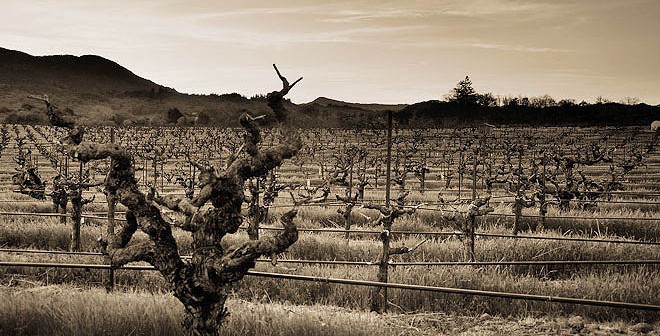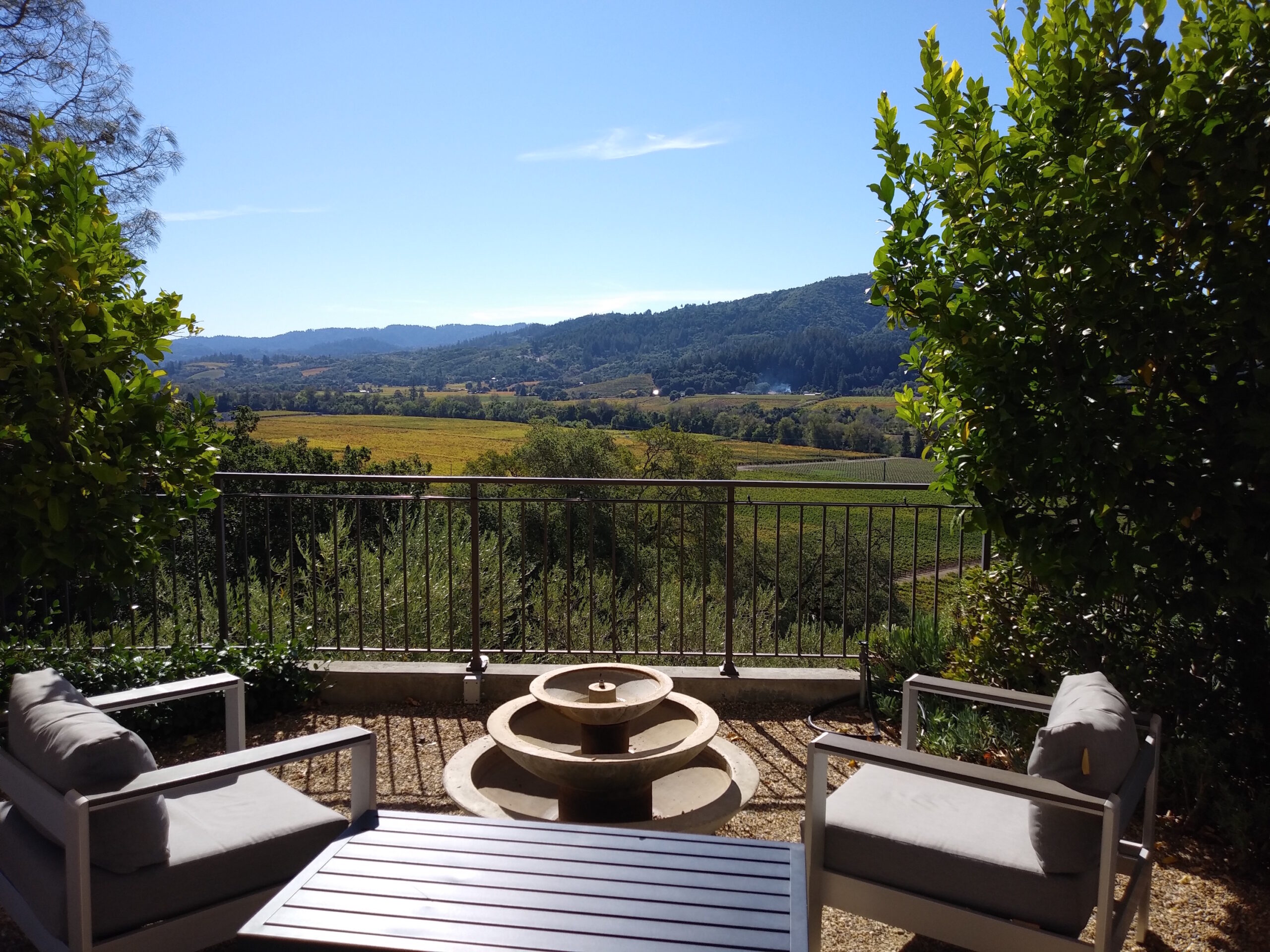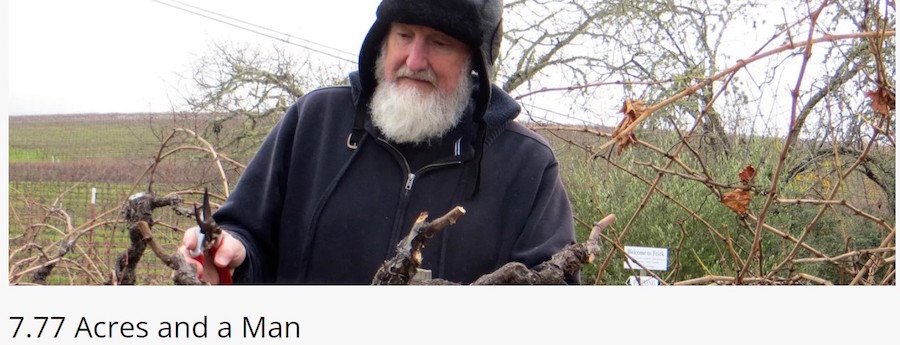Wine education is always a good thing, and when you have the opportunity to attend a class led by Tim Gaiser, renowned Master Sommelier and wine educator – even better. With only somewhat over 200 people in the world having obtained this designation, Tim’s vast wine knowledge and entertaining speaking style always make his presentations must-attends.

Taking classes outside of my comfort zone is also rewarding. My focus and small amount of expertise is regarding certain areas of California wine. I’ve often felt that should I not have this as my area of interest that I’d like to expand my knowledge of Italian wines. Whenever I am exposed to wines from Italy, I find the flavors right up my alley – but there is an extraordinary amount to learn, both in terms of history and grape varieties.
Fortunately, Tim Gaiser’s favorite wine region apparently is Italy, so I was in the right place.
In this case, Karen and I had the opportunity to attend a MOSCATO D’ASTI D.O.C.G. MASTER CLASS at Mr. C’s in Beverly Hills, put on by IEEM (International Event & Exhibition Management), led by Mr. Gaiser with wine samples and information provided by representatives of wineries of the region.
From the seminar brochure:
Moscato d’Asti is one of the most renowned and highly regarded Italian sweet wines, produced in the Piedmont region. Characterized by exceptionally high quality and surprisingly simple production methods, Moscato d’Asti is a very natural agricultural product. It retains the intense, musky aroma of the grapes from which it is made, Moscato Bianco. A sip brings to the palate special notes that remind one of wisteria, lime, peach and apricot, along with hints of sage, lemon and orange blossoms. The low alcohol content of Moscato d’Asti (about 5% by volume) makes it ideal for everyone, and particularly appropriate for holiday celebrations, birthdays and weddings.
If Moscato d’Asti is an extraordinary wine, part of the credit goes to the Consortium for the Promotion of Asti, an institution which has protected and promoted both this wine and Asti Spumante all over the world since 1932. The Consortium sponsors research through specific scientific studies and through the application of technological innovations to improve the production process. In addition, it conducts quality controls along the entire production chain and ensures that the Consortium’s seal, which depicts the patron saint of Asti, Saint Secundus on horseback, is not improperly used.
Wines we tasted, all from the 2016 vintage…
Winery: MICHELE CHIARLO
Name of wine: NIVOLE
Vineyard location: Canelli (Piedmont)
Winery: SARACCO
Name of wine: MOSCATO D’ASTI D.O.P.
Vineyard location: In the village of Castiglione Tinella.
Winery: COPPO
Name of wine: MONCALVINA
Vineyard location: Canelli (Piedmont)
Winery: MARENCO VINI
Name of wine: SCRAPONA
Vineyard location: Strevi.
Winery: VIGNAIOLI DI SANTO STEFANO – CERETTO
Name of wine: MOSCATO D’ASTI D.O.C.G.
Vineyard location: Santo Stefano Belbo, Canelli, Calosso.
Winery: CAUDRINA
Name of wine: LA CAUDRINA
Vineyard location: Castiglione Tinella.
(I apologize for any typographical errors.)
Moscato Bianco is considered the “original muscat” with seven other muscats that descended from this grape.
The vineyard are on steep hillsides, so hand harvesting is necessary. These dry-farmed vineyards are spread over 24,000 acres – this area is a designated UNESCO World Heritage Site.
The harvested grapes are pressed and the juice is typically stored in stainless steel. The fermentation, and the bubbles, are natural processes. The juice can be kept cold with no fermentation until the need a new batch arrives, so there may be multiple fermentations during a year.
All the wines were tasty. To me, the differences between them were very slight, perhaps due to my Zin-jaded palate. Great notes of stone fruits and citrus, along with floral aromatics, were present. Low alcohol [5% or so] and a little sweetness make these wines great for dessert, an aperitif or even an afternoon quaff. They have a creamy quality when young, but as they age over a few years develop more mineral characteristics. Prices are really reasonable — $15 to $25 or so, so definitely worth buying a few to experiment with.
Michael Perlis has been pursuing his passion for wine for more than 25 years. He has had the good fortune of having numerous mentors to show him the way, as well as a wonderful wife who encourages him and shares his interest. After a couple of decades of learning about wine, attending events, visiting wineries and vineyards, and tasting as much wine as he possibly could, he had the amazing luck to meet Eve Bushman. Now, as Contributing Editor for Eve’s Wine 101, he does his best to bring as much information as possible about wine to Eve’s Wine 101 faithful readers. Michael is also Vice President of Eve Bushman Consulting (fka Eve’s Wine 101 Consulting) http://evebushmanconsulting.com/ and President of MCP Financial. Michael can be contacted at michaelthezinfan@aol.com or michael@evebushmanconsulting.com.









